The Ultimate 2025 Guide to Custom Roof Painting for Every Roof Type
A complete 2025 guide to custom roof painting, covering roof types, benefits, techniques, and maintenance tips for lasting results.
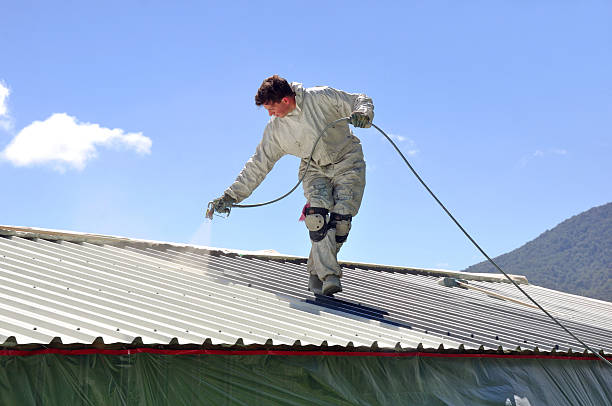
Your roof is one of the most important—and visible—aspects of your home or building. A weathered, mismatched, or lackluster roof can significantly lower curb appeal, even if the rest of the exterior is immaculate. That's where custom roof painting comes in—not only as an add-on finishing detail, but as a calculated, budget-friendly upgrade that adds visual appeal, boosts energy efficiency, and adds years to the roof itself.
Whether your roof is metal, tile, asphalt, or concrete, custom roof painting is no longer a one-size-fits-all solution. In this guide, we’ll explore how tailored painting services can address the unique needs of different roof types, common problems to watch out for, and tips for choosing the best materials and techniques in 2025.
Why Custom Roof Painting Matters
Unlike standard exterior painting, custom roof painting involves choosing the right paint products, preparation methods, and application techniques for your specific roof type. It’s not just about applying color—it’s about:
- Protection: Custom coatings help shield your roof from sun, rain, rust, and mold.
- Energy Efficiency: Reflective paints can lower roof temperatures, reducing indoor cooling costs.
- Longevity: A high-quality coating prevents early degradation and extends the lifespan of the roofing material.
- Style: You can refresh or completely change your roof color to match new renovations or modern styles.
Benefits of Custom Roof Painting
Here’s why homeowners and property managers are turning to tailored roof painting solutions:
1. Enhanced Durability
Roof coatings act as an added layer of protection against the elements. In 2025, advancements in acrylic, silicone, and polyurethane-based paints offer longer lifespans and stronger resistance to environmental damage.
2. Eco-Friendly Options
New low-VOC (Volatile Organic Compound) paints are safer for the environment and comply with updated industry standards for sustainability and indoor/outdoor safety.
3. Reflective Coatings for Energy Savings
Cool roof paints reflect sunlight and absorb less heat, helping reduce HVAC usage—an increasingly important benefit as energy costs rise.
4. Cost-Effective Compared to Re-Roofing
Painting can extend your roof’s usable life by years at a fraction of the cost of a full replacement.
Custom Roof Painting by Roof Type
Each roof material requires a tailored approach. Here's how custom roof painting works for various roof types:
1. Metal Roofs
- Issues: Rust, fading, and heat absorption.
- Solution: Specialized primers and rust-inhibiting paints, plus reflective coatings for energy efficiency.
- Tip: Use elastomeric coatings for flexibility and UV resistance.
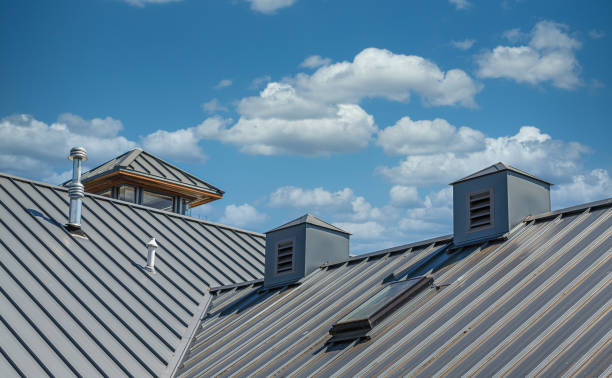
2. Asphalt Shingles
- Issues: Granule loss, heat retention, and brittleness.
- Solution: Use breathable, water-based paints designed specifically for shingles to prevent sealing in moisture.
- Tip: Avoid oil-based paints, which can damage the material.
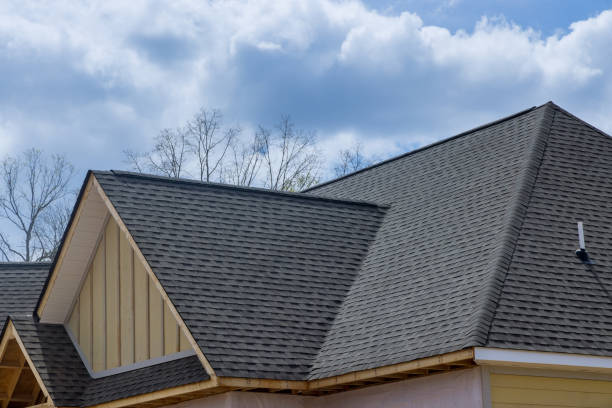
3. Tile Roofs (Clay or Concrete)
- Issues: Mold growth, fading, and water absorption.
- Solution: Use masonry-compatible coatings with waterproofing properties.
- Tip: Power-wash thoroughly before painting to ensure proper adhesion.

4. Flat Roofs
- Issues: Ponding water, UV damage, and cracking.
- Solution: Acrylic or silicone-based elastomeric coatings designed for flexibility and waterproofing.
- Tip: Ensure the surface has a slight pitch to improve drainage before applying new paint.
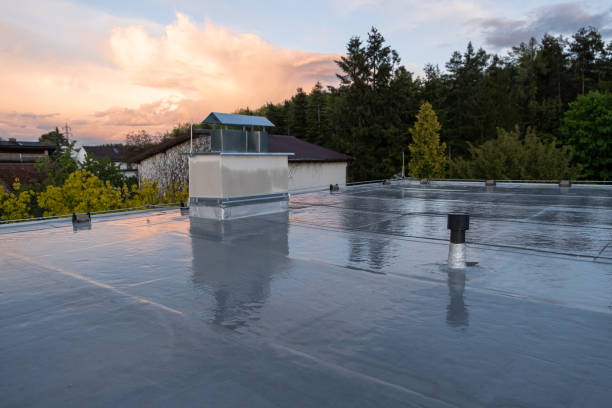
5. Slate Roofs
- Issues: Slippery surface, chipping, and weathering.
- Solution: Paint is rarely applied, but when needed, mineral-based or silicone-infused coatings work best.
- Tip: Always test a small patch before coating an entire slate roof.
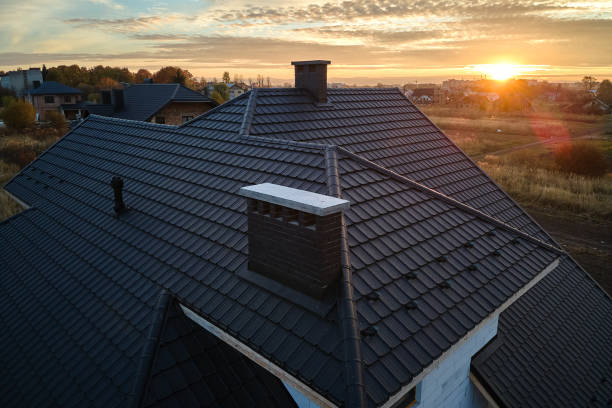
Common Mistakes to Avoid
Even with high-quality products, poor planning can lead to premature failure. Here are key pitfalls to avoid:
- Skipping prep work: Cleaning, repairing, and priming are essential.
- Using the wrong paint: Not all paints bond well to every roof type.
- Painting in bad weather: Humidity, rain, or extreme temperatures will ruin adhesion and finish.
- Neglecting ventilation or drainage: These issues can cause mold under coatings.
What to Expect from a Professional Custom Roof Painting Service
Hiring a qualified painter ensures long-term value. A trusted provider will offer:
- Detailed inspection: Identifying repairs or prep work needed.
- Material-specific recommendations: Based on roof type, age, and condition.
- Safety precautions: Especially for steep, tall, or slippery surfaces.
- Warranty or maintenance plan: Peace of mind and post-job support.
Roof Paint Trends in 2025
As architectural styles evolve, so do color and finish preferences. This year’s trends include:
- Cool tones: Soft grays, greens, and off-whites remain popular for their reflective properties.
- Matte finishes: Provide a more modern, low-glare appearance.
- Textured coatings: Mimic the look of traditional materials while adding durability.
- Smart coatings: Products embedded with nanotechnology to respond to UV or moisture levels.
Maintaining a Painted Roof
Once painted, maintenance is key to maximizing results. Here’s how to care for your roof:
- Inspect annually: Check for cracks, peeling, or water damage.
- Clean gently: Use a low-pressure washer or soft brush to remove debris and mold.
- Trim nearby trees: Prevent branches from scraping or dropping leaves onto the roof.
- Touch up as needed: Repaint high-wear areas before the coating fully deteriorates.
Final Thoughts
Custom roof painting is one of the smartest ways to protect and beautify your home or building. With the right products and techniques tailored to your roof type, you’ll get long-lasting results that go beyond aesthetics. In 2025, innovations in coatings and materials make it easier than ever to customize your roof to your design and performance needs.
Whether your roof is metal, tile, asphalt, or flat, custom painting is a valuable investment in appearance, performance, and energy efficiency—when done right.
FAQs About Custom Roof Painting
Q: How long does custom roof paint last? A: Most high-quality roof coatings last 8–15 years, depending on material and climate.
Q: Can any roof be painted? A: Most can, but not all. Consult a professional if your roof is heavily damaged or made from delicate materials like slate.
Q: Will painting my roof lower energy bills? A: Yes—especially with reflective coatings. Many homeowners see a noticeable drop in cooling costs.
Q: Do I need to remove old paint before repainting? A: Only if the existing paint is peeling or failing. A solid, clean base can often be repainted with proper prep.
Q: Is roof painting better than replacement? A: In many cases, yes. It's far more affordable and can extend roof life if the structure is still sound.